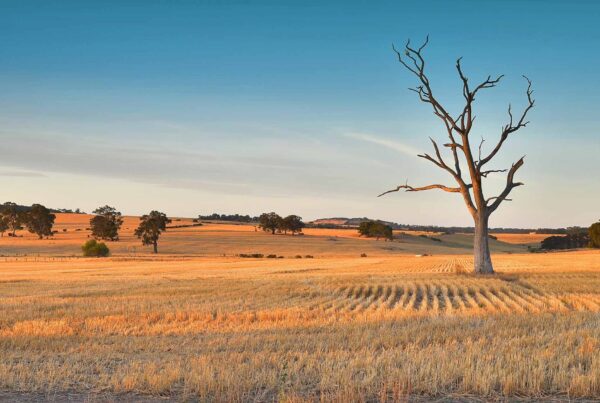Future Farmers Network directors regularly give their opinion on the latest news, events and issues in agriculture for an article for Australian Community Media. Here’s the most recent yarn from FFN Director Dan Coulthurst.
Is the family farm a dying trend or do we need to curb our expectations? According to KPMG and the NFF, 99% of Australian farms are operated by families, but for how much longer?
With an increasing interest in the rural sector from investment funds and high net wealth individuals, the opportunity for the expansion of family farms is becoming more competitive and increasingly difficult.Agriculture has become an attractive strategy for portfolio diversification, highlighted through many economic downturns due to the industry’s negative correlation with other asset classes. Despite interest rates being the lowest on record, access to capital is finite and as rural property valuations continue to rise, there will come a point where the typical family farm simply cannot afford to expand their landholdings.
Any family with more than one child interested in returning home to the land, needs to increase the business’s cash return relative to the amount of children in order to be sustainable over the longer term. The need to feed multiple families amongst multiple generations presents obvious challenges for the average family farm. Growth can be executed through a number of strategies including, but not limited to, improved processes or technology, commodity advances, genetic advances or through expansion. And I want to talk about the latter!
With the ever increasing competition for a finite resource, do we need to start thinking outside the box? Is there the opportunity to partner existing family operations and corporates or families and high net wealth investors? Agriculture as it stands today, is still able to generate a healthy return on investment, and coupled with capital growth it becomes a very attractive investment option.
So are we able to maintain some control over our rural sector by partnering with these investors? Does it give us the ability to access alternate capital (not from debt) all the while maintaining our existing risk profile? Does it give us the opportunity to maintain, and even increase employment opportunities and skills in our industry? Does this create opportunities for young, enthusiastic individuals to be able to access capital they otherwise would not?
There are obvious concerns in partnering with corporates such as potential or perceived lack of control over asset management, corporate costs, increased governance and conflicting motivations to name a few. However, is this not the direction of the industry anyway? Why not get on the front foot and start looking at the potential of these opportunities early on.
It has been estimated that there is approximately $600 billion in additional capital needed in the rural sector by 2050 and a further $400 billion to support exiting famers, with the next generation needed to buy them out. So where will this capital come from?
Or alternatively, are we heading down the same path as the US where there is over 90% of cattle operations that have less than 100 cows. Could it be that agriculture becomes a secondary industry and people have off farm income to support their lifestyle? And if so, would this pose a greater risk to our industry and desire to improve efficiencies and output if it becomes a ‘hobby’?
Either concept are a scary thought. However, it begs the question, will agricultural ownership as we know it continue to be the same for years to come?




